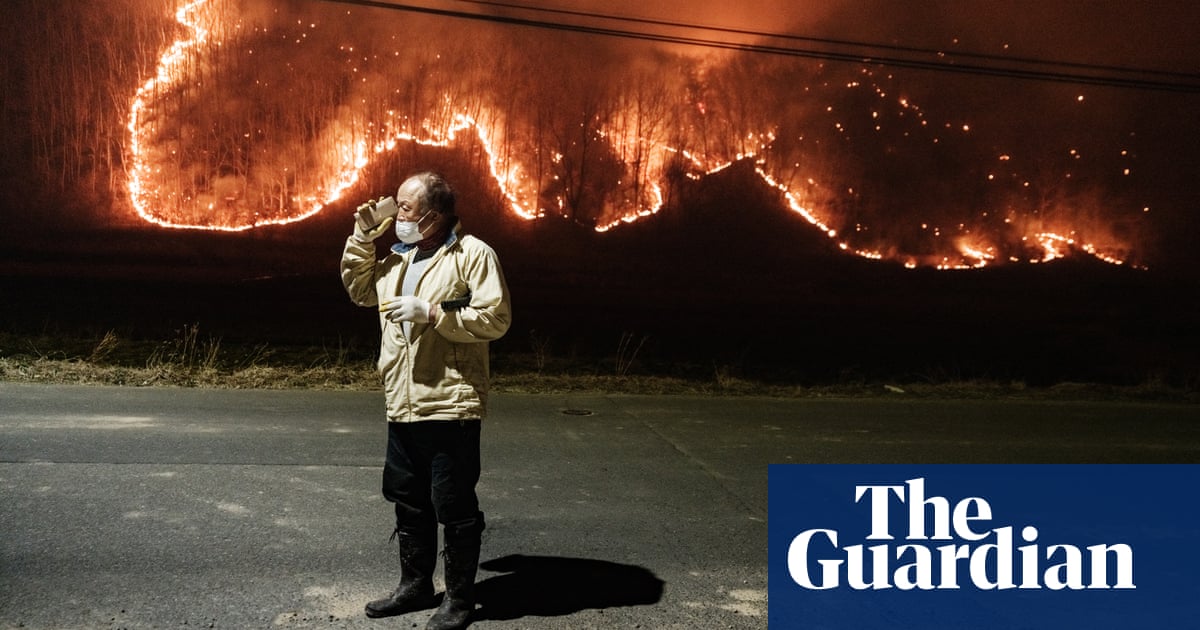At least 18 people have died and another 19 injured as wildfires ravaged South Korea’s southern regions amid dry weather and strong winds, according to government officials.
Han Duck-soo, South Korea’s prime minister and acting president, said five days of fires had caused “unprecedented damage” and asked agencies tackling the disaster to “assume the worst-case scenario and respond accordingly”, according to Yonhap news agency.
Officials in Andong city and other south-eastern cities and towns ordered residents to evacuate on Tuesday as firefighters struggled to contain multiple blazes fuelled by dry winds, which burned more than 17,400 hectares (43,000 acres) of land and destroyed hundreds of structures, including a 1,300-year-old Buddhist temple.
More than 5,500 people were forced to evacuate from their homes in Andong, the neighbouring counties of Uiseong and Sancheong, and the city of Ulsan, where the fires were the largest, according to South Korea’s ministry of the interior and safety.
South Korean officials earlier on Tuesday had said firefighters had extinguished most of the flames from the largest wildfires in those areas, but the ongoing dry and windy weather caused setbacks and allowed the blazes to spread again.
The Uiseong fire, only 68% contained and exacerbated by strong winds, shows “unimaginable” scale and speed, said Lee Byung-doo, a forest disaster expert at the National Institute of Forest Science.
Climate change is projected to make wildfires more frequent, Lee said. “We have to admit large-scale wildfires are going to increase and prepare more resources and manpower,” he told a local television station.
Nearly 9,000 firefighters, along with more than 130 helicopters and hundreds of vehicles, were deployed to battle the fires, but efforts were partially suspended overnight as the winds strengthened.
Officials in Andong and Uiseong county ordered residents in several villages and those near Andong University to evacuate to safe locations or temporary shelters – including schools and indoor gyms – as a fire that started in Uiseong continued to spread.
The blaze in Uiseong destroyed Gounsa, a Buddhist temple built in the seventh century, according to officials from the Korea Heritage Service. There were no immediate reports of injuries, and some of the temple’s national treasures, including a stone Buddha statue, were evacuated before the fire reached the wooden buildings.
The fire also spread to the nearby coastal town of Yeongdeok, where officials shut down roads and ordered residents of at least four villages to evacuate. The justice ministry did not immediately confirm local reports that it had begun relocating 2,600 inmates from a prison in Cheongsong county, also near Uiseong.
Human-caused climate breakdown is responsible for a higher likelihood of fire and bigger burned areas in southern Europe, northern Eurasia, the US and Australia, with some scientific evidence of increases in southern China.
Climate breakdown has increased the wildfire season by about two weeks on average across the globe.
With Reuters and Associated Press











